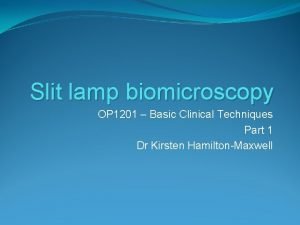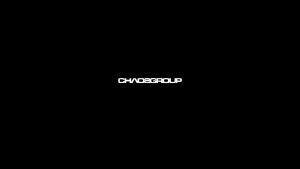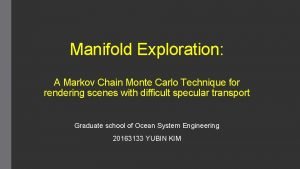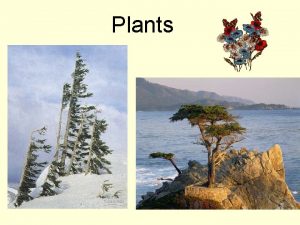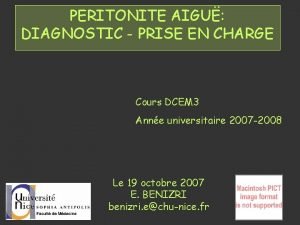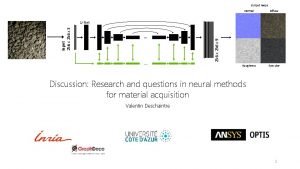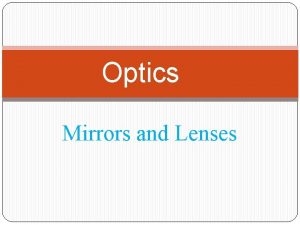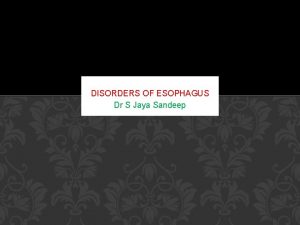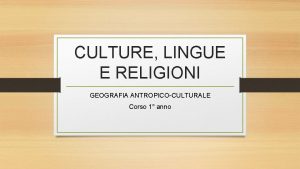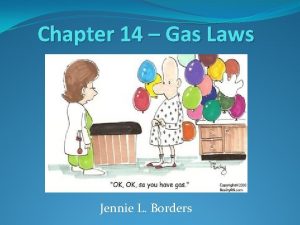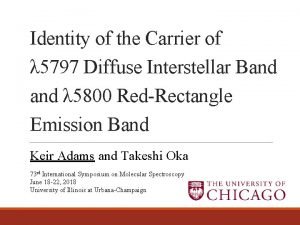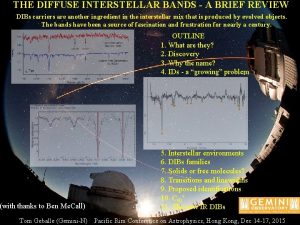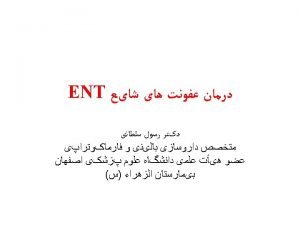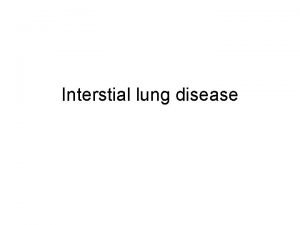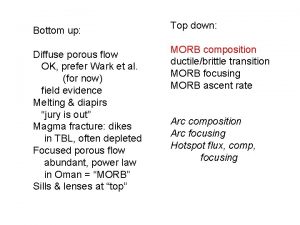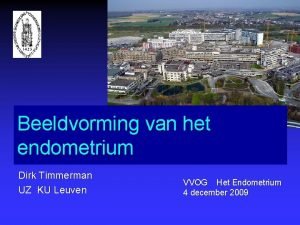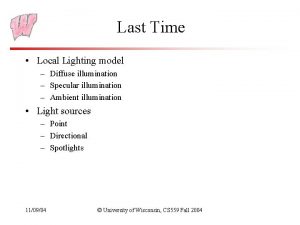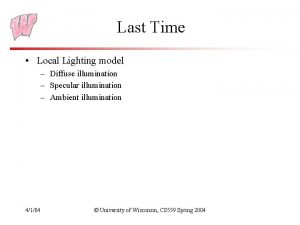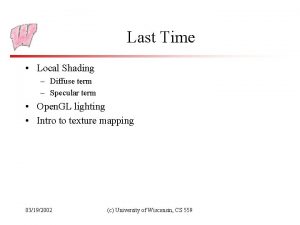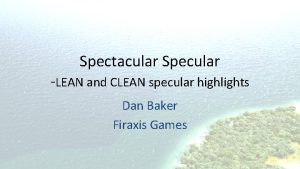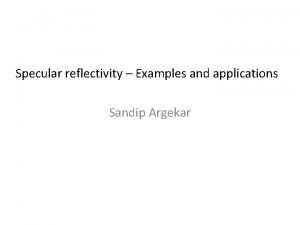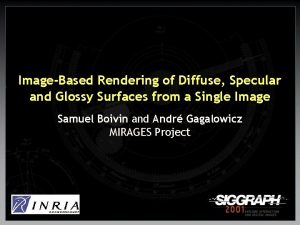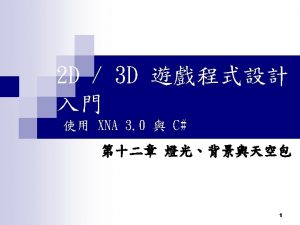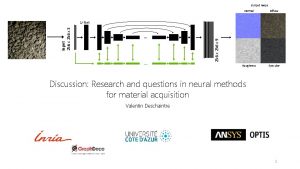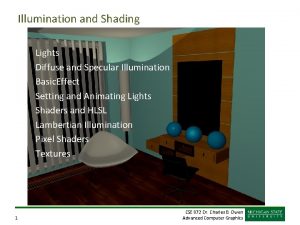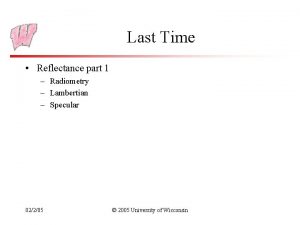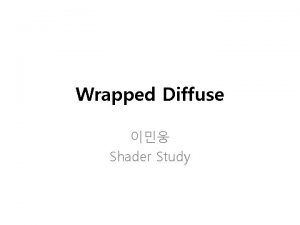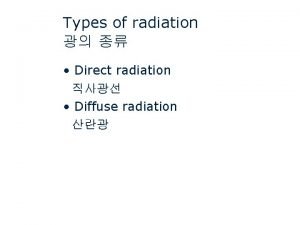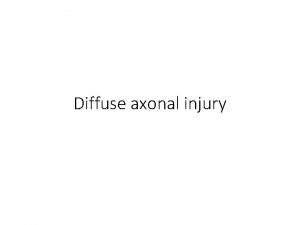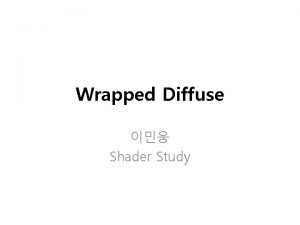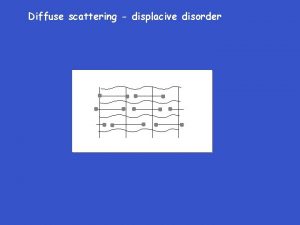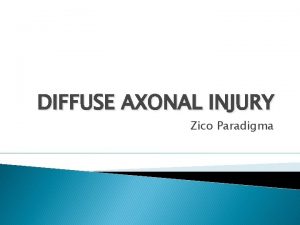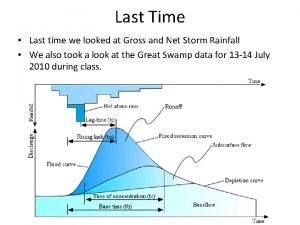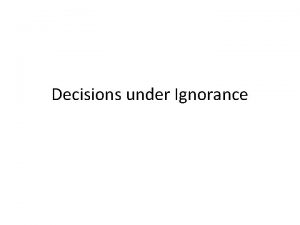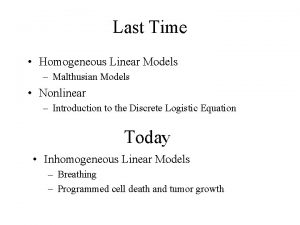Last Time Microfacet models Diffuse OrenNayar Specular TorranceSparrow

























- Slides: 25

Last Time • Microfacet models – Diffuse • Oren-Nayar – Specular • Torrance-Sparrow – Blinn – Ashikhmin-Shirley – Ward – Schlick • Lafortune’s model • Glossy over Diffuse 02/4/05 © 2005 University of Wisconsin

Today • • Assignment 1, Part 2, h=4 More reflectance models Materials Textures 02/4/05 © 2005 University of Wisconsin

Metallic Patinas • Dorsey and Hanrahan, SIGGRAPH 1996 • Aim: capture the weathering of metallic surfaces – Actually, only did copper • Underlying ideas: – Layer model – Modulation by textures – Scripting for time control 02/4/05 © 2005 University of Wisconsin

Layer Model • Surface consists of several layers • Each layer has constants: – Standard diffuse, specular, roughness parameters (roughness is Phong exponent) – Transmission and back-scatter parameters, K and S • Scripting controls the layers over time • Layers are not uniform – Consider a stack of layers at a single point 02/4/05 © 2005 University of Wisconsin

Operating on Layers • coat material thickness-map – Add a new layer of material • erode thickness-map – Remove some material • fill height-map – Fill in valleys to a certain minimum height • polish height-map – Remove down to a given height • offset radius – Apply material in corners (places not reachable by a sphere of radius) 02/4/05 © 2005 University of Wisconsin

Thickness/Height Maps • Use texture maps or triangulations to define thickness of each layer • Growth models change the maps over time • Various methods – Steady thickening – quite uniform texture – Random deposition – drop points onto the surface – Ballistic deposition – point sticks when it first contacts something (gives overhangs) – Directed percolation depinning – points on surface are blocked or unblocked (with moisture) and surface grows into unblocked regions over time 02/4/05 © 2005 University of Wisconsin

Kubelka-Munk (KM) Model • A model used in the paint, printing and textile industries to predict diffuse scattering in layers • Describes light distribution at a height in a medium with forward and backward flux density (energy per unit area) • K is absorption per unit length, S is backscattering per unit length Bd 02/4/05 © 2005 University of Wisconsin B+ dz

Homogeneous Medium • R is total reflectance through a layer of thickness d – d for use in diffuse BRDF • T is total transmission – d for diffuse emission on the back side of the layer • But, hard to estimate S and K (they are colors) – Get ratio K/S from infinite thickness equation – Guess S 02/4/05 © 2005 University of Wisconsin

Multiple Layers • Model can be extended for multiple layers of varying thickness • For two layers: • Subsurface compositing operators – To get more layers, just apply the operator again – Order doesn’t matter • Bottom layer has R but T=0 02/4/05 © 2005 University of Wisconsin

BRDF • Diffuse term comes from previous equations: d=Rall • Gloss term is harder – Use physically viable Phong model at each interface, i, to compute a gloss color: – Scale by transmission of layers above: • Transmission composed for all layers above i – Sum terms from each layer: 02/4/05 © 2005 University of Wisconsin

Copper Strips Urban 02/4/05 Rural © 2005 University of Wisconsin Marine

Others 02/4/05 © 2005 University of Wisconsin

Subsurface Scattering • Kubelka-Munk is a gross approximation to real scattering – Assumes isotropic light distribution and glossy transmittance is all wrong • Subsurface scattering is very important to capturing the appearance of organic materials – More later 02/4/05 © 2005 University of Wisconsin

Hemispherical-Directional Reflectance • Hemispheric-Directional Reflectance is the fraction of the incident irradiance in a given direction that is reflected by the surface • Useful for computation of some reflectance functions and for some algorithms • Note error in book on page 689 – see www. pbrt. org for errata 02/4/05 © 2005 University of Wisconsin

Computing hd (PBR 15. 5. 5) • For many reflectance functions, this value is not easy to compute, so use Monte Carlo integration to compute it • Evaluating this is easy in PBRT: – Samples are passed in (or you generate them somehow), as is – Iterate over each sample • Ask for a sampled direction Sample_f. It returns both fr and p – Add up all samples and divide by N • In fact, if you inherit from Bx. DF then you already get it 02/4/05 © 2005 University of Wisconsin

PBRT BSDF Structures (PBR Sect 10. 1) • A Bx. DF is a component of a BSDF – one of the things we have been looking at so far • BSDF can be made up of multiple components • The PBRT BSDF structure has code for managing these components – read Chapter 10 • When sampling, choose a Bx. DF – Uniform probability of choosing any one matching component – PDF of choosing some direction must account for all components • But it still assumes we’re talking about a single point 02/4/05 © 2005 University of Wisconsin

PBRT Materials (PBR Sect 10. 2) • A Material described how the BSDF varies over the entire surface of an object • All parameters to the components Bx. DFs are given in the form of textures – More on textures in a minute • The job of the Material is: – Manage local surface variations via textures and pass a single set of point properties (color, normal, etc) to BSDFs – Provide BSDFs with information about the neighborhood, particularly the geometric normal and the shading normal (bump mapped or otherwise modified) 02/4/05 © 2005 University of Wisconsin

Bump Mapping (PBR Sect 10. 3) • Bump mapping modifies the surface normal vector – In PBRT, a heightfield is given and normals are derived • Bump mapping changes the differential geometry – How fast the normal varies per unit length, etc • Book has nasty details for determining the modified differential geometry due to bump mapping 02/4/05 © 2005 University of Wisconsin

Examples 02/4/05 © 2005 University of Wisconsin

Textures (PBR Chap 11) • Read Chapter 11 for functionality (but not details) • Highlights: – Sampling and Aliasing – how to compute rate of change of surface u, v parameters with respect to image coordinates x, y • Needed for texture filtering – Generating texture coordinates – Various forms of textures • Texture maps (images) • Procedural textures of various forms 02/4/05 © 2005 University of Wisconsin

Texture Coordinates • On the surface, we have u, v coordinates, defined as part of the shape definition – Sphere? Cylinder? • For texturing, we need s, t coordinates – not the same • There are various mappings that take (x, y, z) and convert to (s, t) – Actually, take entire differential geometry, such as normal vector and dp/du and dp/dv 02/4/05 © 2005 University of Wisconsin

Mappings • Various formulas to convert point or surface parameterization to texture coords • All take a transformation to “orient” the texture 02/4/05 © 2005 University of Wisconsin

Texture Types • Constant value, Scale: t 1 * t 2, Mix: (1 -a)*t 1+a*t 2 – Use these for texture blends • Bilinear: Bilinearly interpolate from four constant values – What type of shading interpolation does this perform? • Images – Lots of details about caching and mipmapping – ignore them • Procedural textures: – Program computes values – each texture must be a separate class • Perlin noise – Core functionality 02/4/05 © 2005 University of Wisconsin

Texture Antialiasing • If you define a new procedural texture, you should correctly anti-alias it • Information about ds/dx, dt/dx, ds/dy, dt/dy is available – Tells you how fast texture coordinates change on screen, which tells you how many “texels” appear in one pixel • There are many examples in the book of how this might be done, but as a fallback you can always super-sample the texture function 02/4/05 © 2005 University of Wisconsin

Next Time • Light Sources • Direct Lighting 02/4/05 © 2005 University of Wisconsin
 Ambient diffuse specular
Ambient diffuse specular Slit lamp techniques
Slit lamp techniques Vray light lister
Vray light lister Specular reflection
Specular reflection Specular manifold sampling
Specular manifold sampling What is modals and semi modals
What is modals and semi modals Diffuse sozialbeziehung oevermann
Diffuse sozialbeziehung oevermann Tracheids
Tracheids Asp grisaille diffuse
Asp grisaille diffuse Diffuse roughness
Diffuse roughness Regular reflection
Regular reflection Focus mode and diffuse mode
Focus mode and diffuse mode Reflexion diffuse
Reflexion diffuse Prograde dilatation with bougies
Prograde dilatation with bougies Religioni più diffuse
Religioni più diffuse How does popular culture diffuse
How does popular culture diffuse Diffusion vs effusion
Diffusion vs effusion Diffuse interstellar bands
Diffuse interstellar bands Examples of folk and popular culture
Examples of folk and popular culture Dialect ap human geography
Dialect ap human geography Kinetic particle model
Kinetic particle model Diffuse interstellar bands
Diffuse interstellar bands Acute diffuse otitis externa
Acute diffuse otitis externa Interstial
Interstial Qcrack
Qcrack Diffuse adenomyosis
Diffuse adenomyosis

